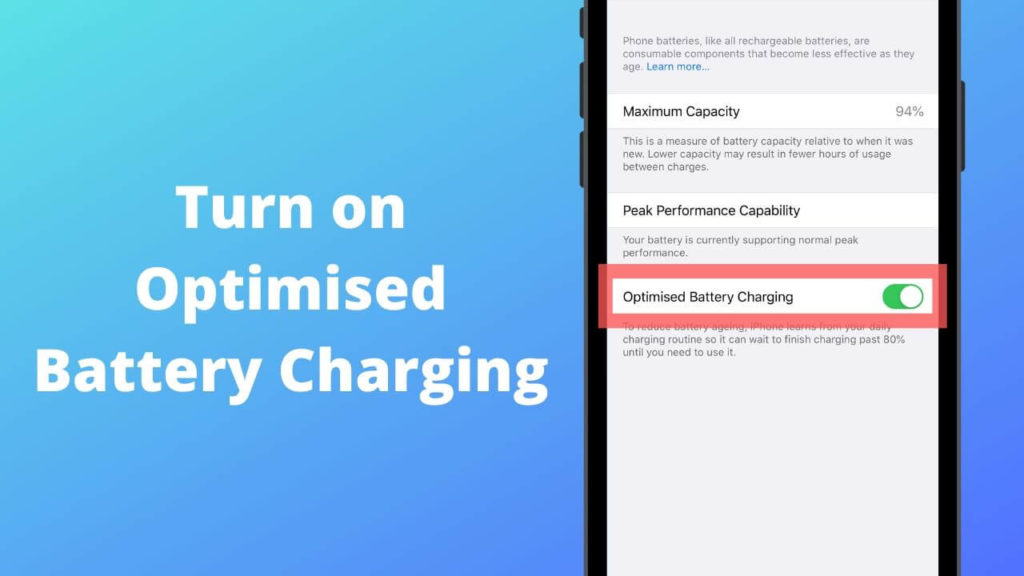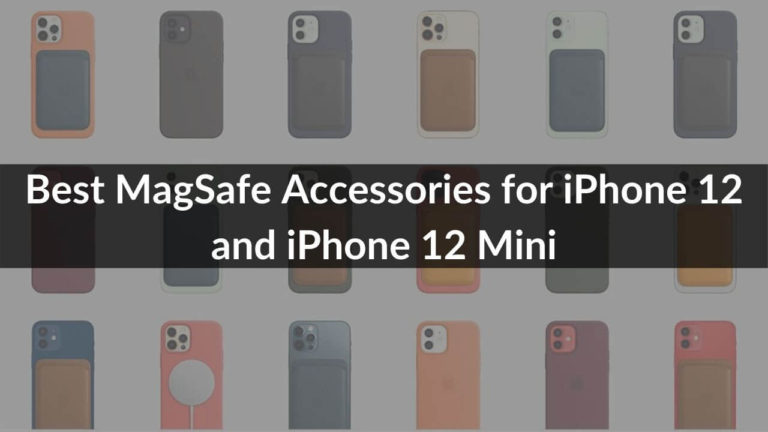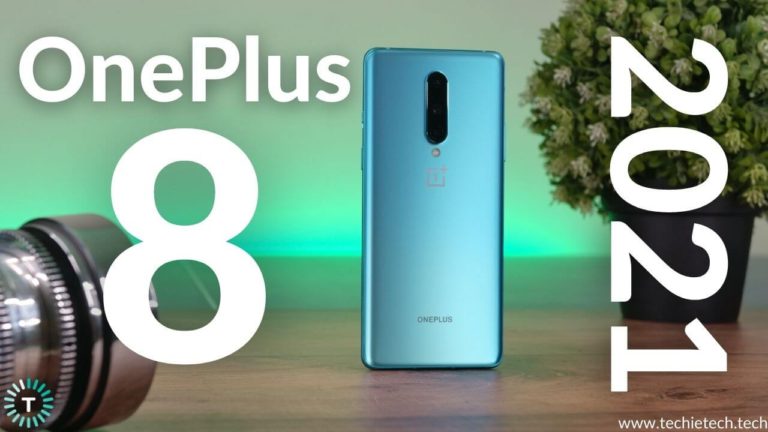Apple currently holds such a big chunk of the worldwide smartphone market share, that iPhones are selling like hotcakes in every country. With seamless connectivity and user experience, at the end of the day what really matters for every iOS user is how long their iPhone’s battery will last. Believe it or not, lots of users worry about whether their iPhone’s battery will last through the day or not. Let’s break it down and find out to improve any iPhone’s battery health.
iPhones and almost every other Apple product use Lithium-ion batteries. Majorly because they charge faster, last longer, and weigh less compared to traditional batteries. But all Lithium-ion powered batteries’ capacity depletes over time.
In simple terms, they age as the device gets older. As the battery gets older, you’ll notice that you’re charging your iPhone way more frequently than you used to and getting substantially less screen time and battery life, even if you’re using it. If you’re wondering why is my iPhone’s battery health going down so fast or how to make my iPhone’s battery health last longer then keep reading as we go through everything you need to know about iPhone’s battery health.
That’s where the concept of battery health comes in.
“Battery life” is the amount of time a device runs before it needs to be recharged. “Battery lifespan” is the amount of time a battery lasts until it needs to be replaced. While the battery life is measured in percentages and hours, the battery age is measured in charge cycles. According to Apple,
A normal battery is designed to retain up to 80% of its original capacity at 500 complete charge cycles when operating under normal conditions. The one-year warranty includes service coverage for a defective battery. If it is out of warranty, Apple offers battery service for a charge.
22 Steps on how to preserve battery health on iPhone:
1. Avoid extreme temperatures
Lithium-ion batteries are sensitive to extreme temperatures. Apple has also shared an official comfort zone temperature range for iOS devices.
The recommended operating range is 0° C to 35° C (32°F to 95° F). Although, it’s not practically possible as a lot of places have temperatures way beyond the recommended operating range. So, you can either use thick cases to keep them warm or avoid leaving your phone exposed to sunlight on a hot day.
Also, refrain from leaving your iPhone in closed spaces (like cars) where there’s less ventilation as it causes a rise in room temperature. A lot of people leave their phones in their cars or the glove compartment, that raises the phone’s temperature.
In simple terms, heat is a battery killer as it permanently damages the battery capacity. While extremely cold temperatures damage the battery health temporarily.
Charging in high ambient temperatures is not recommended either so please ensure you charge your iPhone in “comfortable temperature zones”.
2. Avoid completely depleting the battery
Almost all Lithium-ion batteries have a structure like this:
(Overcharge Protection Buffer) – [Usable capacity] – (Under-Voltage Protection Buffer) – *Danger Zone* – [Total Cell Failure].
The danger zone is the grimy area from where you could recover but there’s no guarantee of performance after that. As this damages the battery capacity of the iPhone permanently.
So, it’s not recommended to deplete the iPhone’s battery to 0% unless you’re calibrating it. In case you have an erratic schedule, you can go charger hopping through the day as it’ll only be counted as 1 full charge cycle, once the battery completes 100% discharge. Learn more about what counts as 1 full battery charge cycle.
3. Do not let your iPhone overheat during charging
As mentioned before, heat is a battery killer. So, make sure that your iPhone does not overheat while it’s charging. According to Apple, heat does permanent damage to the battery capacity, unlike extreme cold weather which only reduces the battery capacity temporarily.
The heat can change the internal structure of the battery chemicals which can further damage the voltage indicator. A damaged voltage indicator will not be able to optimize the flow of current resulting in overcharging of the iPhone and end up damaging the battery and your iPhone.
4. Use MFi charging accessories only
One of the most common reasons that results in bad iPhone battery health is the use of charging accessories that are not certified by Apple. Always make sure that both the charging cable and the adapter are MFi certified.
MFi is the abbreviation of Made for iPod, Made for iPhone, and Made for iPad. Only brands that pass Apple’s rigorous device and facility tests can put the MFi logo on their products. So, make sure to always look out for the MFi logo on the charging accessories.
For example, every lighting cable adapter has a tiny authentication chip that tells the iPhone that it’s MFi certified. Otherwise, the iPhone shows a pop-up when it detects a cable that is not MFi certified.
Also read: iPhone Battery Charging Tips
5. Enable Optimised Battery Charging
Optimized battery charging was introduced with iOS 13 and it showed us the most effective way on how to improve iPhone battery health. It uses machine learning to learn from your daily charging habits and predict when your iPhone will be put on charge for a longer period and charge accordingly.
For example, lots of people have this habit of charging their iPhones overnight. So, the machine learning algorithm will aim to ensure that by the time you’re up, (based on your past charging and unplugging data) the iPhone is 100% charged. The algorithm performs this to ensure less time is spent charging the iPhone.
When the feature is turned on, it’ll show the scheduled time by when the iPhone will be 100% charged. You can tap the “Charge Now” option to charge it to 100% right away.
Also read: Best iPhone Camera Tricks You Did Not Know
6. Turn on Auto-brightness and Avoid Full Brightness
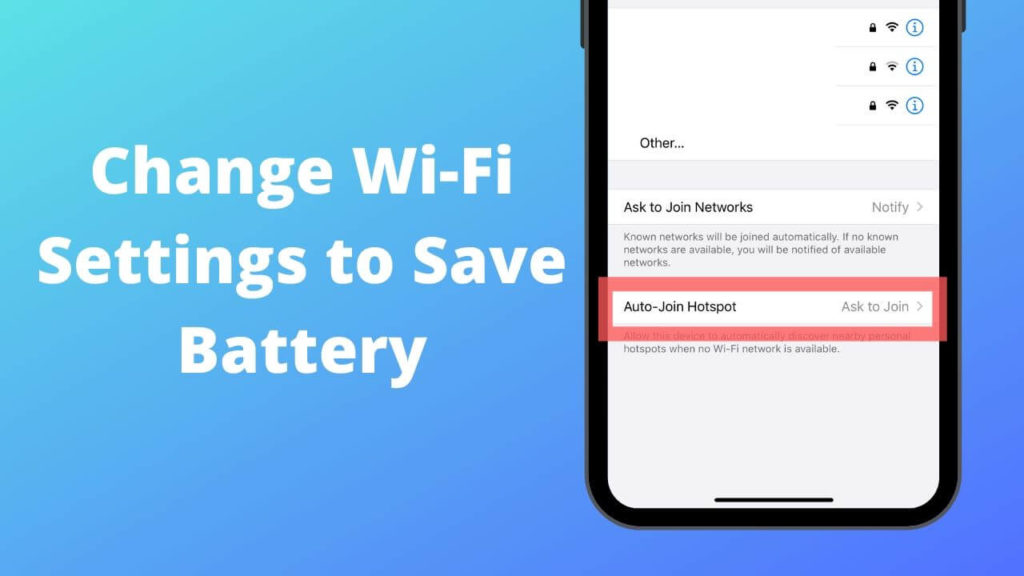
iPhones have retina displays that consume a lot of power. Screens are one of the most used and battery-consuming parts of an iPhone. And pushing those retina display pixels to full brightness puts stress on the battery of an iPhone. So, it’s not a good practice to keep your iPhone at 100% brightness at all times as it directly affects the battery health of iPhone. Switching to auto-brightness can help improve your iPhone’s battery health in the long run as it changes the brightness levels according to the environment. Moreover, it’s good for your eyes as well.
7. Remove iPhone case during charging
Charging generates heat so your iPhone may heat up while charging. If that’s the case, then you should remove your iPhone’s cover to ensure that the heat generated during charging is adequately dissipated. Some thick or protective cases trap the heat and that leads the iPhone to heat up unnecessarily while charging. This may result in damaging the battery’s health. It is most commonly found in thick leather foldable cases that have card pockets and other tiny accessibility features. If you own those big and thick rubber cartoon covers avoid charging your iPhone. If you’re wondering how to save iPhone battery, just don’t let it overheat while charging. This includes charging your iPhone near a window on a sunny day, charging it near a heater during windows, downloading big files or updates etc.
8. Fast charging is not bad for your iPhone
For those wondering, no, fast charging is not bad for your iPhone (unless it’s not officially supported). iPhones released after 2017 (iPhone 8 and above) officially support fast charging, given that you’re using the official fast charger by Apple or an MFi-certified charger.
Fast charging works in 2 phases. The first phase is the fast charging phase where the charger pushes current into the battery at a faster rate. You may have seen how brands advertise this with taglines like “60% battery in 30 minutes of charge”. That’s because Lithium-ion batteries comprise chemicals whose structure changes when they absorb electricity. A battery with a low charge can take charge faster without any damage.
And with 60-80% (this varies from device to device) battery capacity, the ability of the battery to absorb charge at a faster rate diminishes. That’s when the second phase of fast charging kicks in to ensure the battery is charged at a slower rate without damaging it.
This is also done by the battery health management system in iOS. That’s the reason why it takes extra time to charge the last 20% of your iPhone battery.
In short, fast charging doesn’t damage your iPhone’s battery health, just make sure you use MFi-certified or official fast chargers to keep your iPhone’s battery healthy.
Update: Fast chargers are not bad for your iPhones. But they still generate more as compared to the slow 5W chargers. So, if you’ve got the extra time to let your iPhone charge slowly, I’d recommend you do that. Fast charging works in phases and the initial burst phase still generates a lot of heat compared to the slow 5W charging. As mentioned earlier, heat is a battery killer. So, use the 5W when you can but don’t let this thing change your usage and charging habits. The iPhone is meant to serve you and not the other way around.
Also read: Best Fast Chargers for iPhone 11 series and iPhone 12 series.
9. Overnight charging
Lots of people have this habit of charging their iPhones overnight because let’s accept it. Our phones don’t last that long on a single charge. But there’s this commonly found misconception amongst iPhone users, “Don’t charge your iPhone overnight for the sake of your battery!”. Let’s bust that out.
Modern smartphones have Lithium-ion batteries with smart battery management softwares that ensure your phone doesn’t overcharge.
Similarly, iPhone batteries are made with a cut off point to ensure the device battery doesn’t overcharge. This helps to maintain the battery health of your iPhone.
Moreover, you can turn on Optimized battery charging to ensure that you get 100% battery when you wake up every morning without worrying about the whole overnight charging battery damaging issue.
10. Use Wi-Fi
It’s a well-known fact that Wi-Fi uses less power than cellular radio. Since Wi-Fi is usually faster than cellular so it downloads and uploads files even faster, so neither you nor your iPhone has to wait for longer periods. For example, when you’re watching a YouTube video, your iPhone will download the video faster (while you’re watching the video) when on Wi-Fi as compared to cellular, resulting in less screen time and battery consumption. This helps improve your iPhone’s battery health in the long run. But there’s a catch to using Wi-Fi as well. Learn about that in the next point.
11. The right Wi-Fi settings

Ensure that you’re following the below practices to get optimum battery performance on your iPhone:
- Turn off Auto-Join Hotspots – Your iPhone is continuously looking for new networks to join even when it’s already connected to a stable network. So, make sure to turn it off after a software update.
- Avoid using slow Wi-Fi networks – Slow Wi-Fi networks will make your iPhone process queries for longer periods. Therefore, increasing the battery consumption for background app activities, on-screen time, eventually affecting the battery health of your iPhone.
- Manually select Wi-Fi if you’re connected to multiple internet routers in the same place – This practice helps your iPhone understand when you’re on the move so it automatically connects to the nearest Wi-Fi without hunting for other connections or trying to connect on the other (already joined) network.
12. Enable Low Power Mode
Low Power Mode essentially minimizes the amount of power that your iPhone uses when the battery gets low. It gives you the notification to turn Low Power Mode on when your iPhone’s battery hits 20% and again at 10%. The battery icon changes to a yellow bar whenever it’s turned on.
Some features might not work or may take longer to process as it limits battery consumption.
The Low Power Mode directly affects the following tasks:
- Email fetch
- “Hey Siri”
- Background app refresh
- Automatic downloads
- Some visual effects
- Auto-Lock (defaults to 30 seconds)
- iCloud Photos (temporarily paused)
When used regularly users have reported a longer battery life when they switched to low power mode. Also, there’s no harm if you switch to this mode even when your iPhone has a decent battery life left.
13. Calibrate your iPhone battery
It is essential to calibrate the iPhone’s lithium-ion battery periodically because of two major reasons:
- It helps the software calculate the actual range of battery life.
- Non-calibrated battery causes discrepancies in battery reporting. For example, it may jump from 35% to 25% within minutes of usage.
Many factors like software updates, background app refresh and day-to-day usage also contribute to an iPhone battery become incorrectly calibrated.
iPhone’s battery can be calibrated by merely discharging it to 0% and leaving it like that for some time and then charging it to 100% and an extra hour or so.
The iPhone’s battery should be calibrated after every software update and every once in a while.
14. Avoid updating to Beta software updates
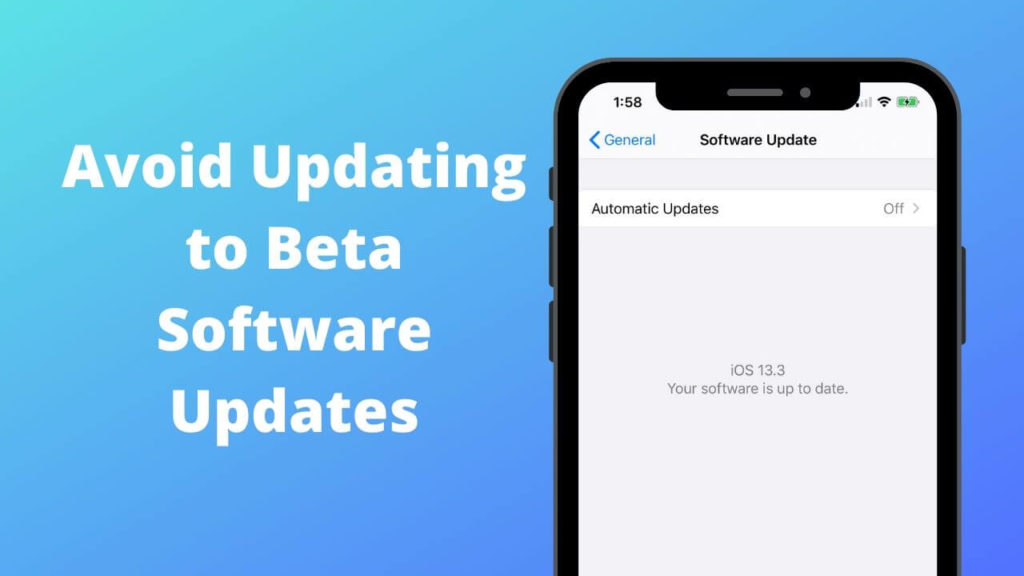
To keep your iPhone’s battery healthy, don’t download updates as soon as they’re out. Beta software updates are full of bugs and issues and sometimes they damage the battery health permanently as the new software is not fully optimized for the hardware yet.
The ideal practice should be to wait a few weeks until those bugs are fixed and new patches are released. Always look out for user feedback on forums to see if the new update is optimized or causing any issues.
15. Update your apps regularly
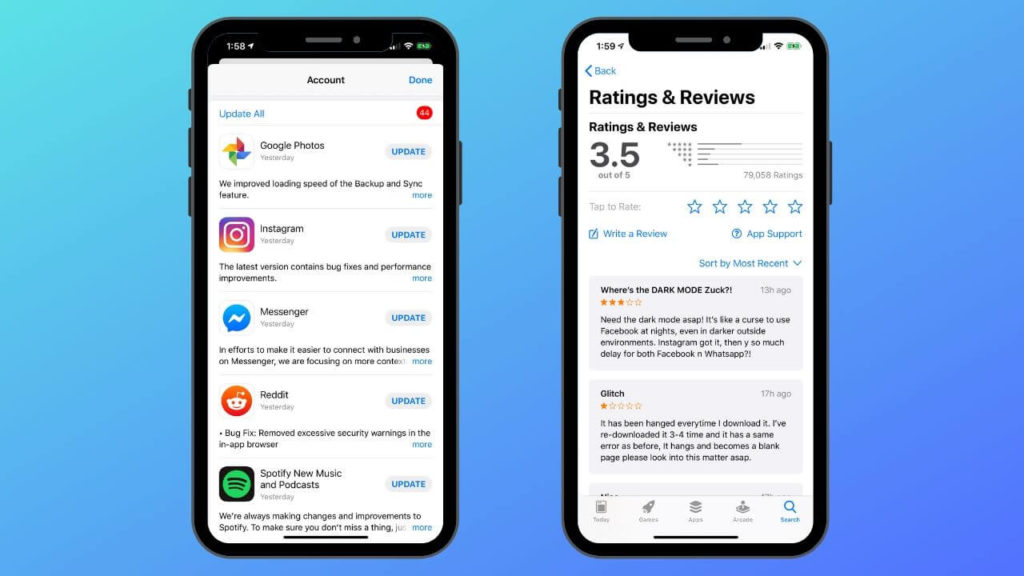
One of the main culprits of battery drain in iPhones are the apps. Always running in the background refreshing, consuming data, sending out those notifications. You can manage them in the background app refresh settings and suspend the ones that you don’t need.
But developers keep adding new functionalities to these apps. So, before proceeding to update your apps and access those new app features, make sure to go through the most recent reviews because these newly added functionalities bring a swarm of bugs that affects your device’s performance and battery health. The most common example is overheating or battery drain caused by a recently updated app.
This tip applies to both kind of users who update their apps daily and the ones who check for app updates every once in a while.
16. Check apps that use unnecessary power regularly
We all know that a lot of apps use power and data even if they’re not in use. Facebook is the most common example. Disable the background refresh activities of apps that aren’t critical to extend battery life and make sure you do that on regular intervals.
Also, when you update your apps, some of them add new features (as mentioned before) and they might consume more power in the background. Sometimes the effects are noticeable in the form of overheating, battery draining, etc. so you should check the background refresh activities and either suspend them or monitor for another update. Please make this a weekly practice and you may find apps that are consuming power even if you don’t use them on a regular basis.
17. Use Dark Mode
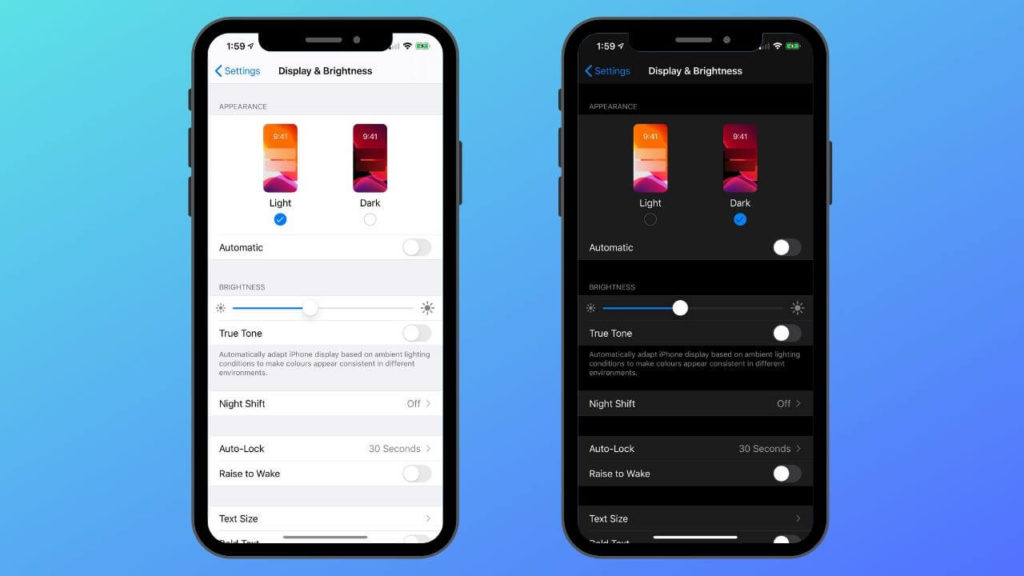
iOS 13 finally introduced Dark mode to iPhones and based on a recent test, Dark Mode can actually extend your iPhone’s battery life by 30%. Using Dark Mode for longer periods reduces the stress on your iPhone’s battery, hence improving its health. The dark mode is not only good for your iPhone’s battery but also soothing to your eyes.
So, it’s a win-win situation…only if your iPhone has an OLED display. In OLED displays, each pixel emits its light and that’s why the pixels displaying black colors don’t light up at all. Hence, consuming less power. In LCD screens the display requires some amount of backlight, even when it’s displaying a black color.
18. Force Quitting apps does not save you power
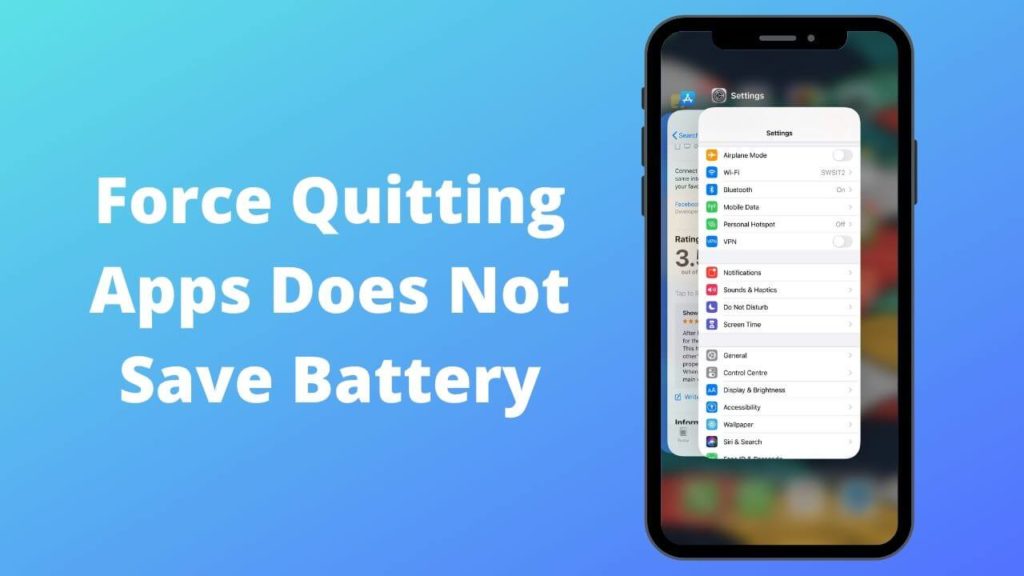
The urban legend of “force quitting apps to save battery life on your iPhone” is still very prominent today. People force quit their background apps to ensure that their iPhone’s battery lasts longer. Well, in reality, this practice actually decreases your iPhone’s battery life.
Simply put, iOS automatically moves apps in different states when they’re running in background. These 5 states are: Not running, inactive, active, background and suspended. When an app is force quit, it’s removed from memory (the suspended state of the app) and closed. Upon relaunching, more resources are required to run the app all over again, leading to more battery consumption.
Even Apple executives themselves have clarified that force-quitting apps doesn’t help with the battery life.
19. Turn off AirDrop
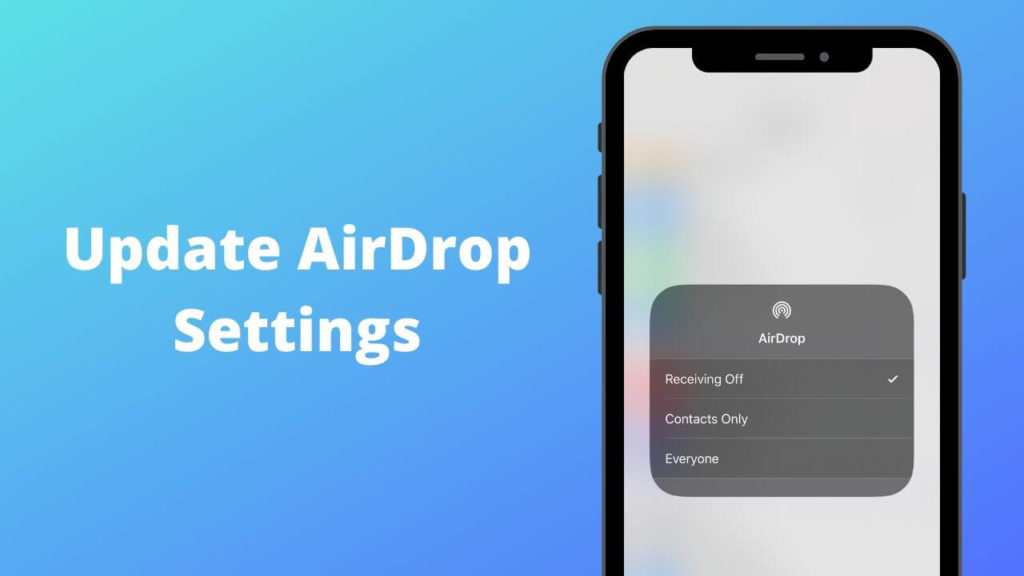
AirDrop allows you to share files and photos with other Apple devices within proximity. It’s a great feature when you’re moving files across devices all the time but it can take a toll on your device’s battery health in the long run.
As I said, if you’re a regular AirDrop user then this shouldn’t be an issue for you but if you’re not. Then here’s what you can do to reduce its impact on your iPhone’s battery health.
Turning off Airdrop alone isn’t enough, make sure that its discoverable feature is also turned off. This is one of the most effective methods on how to fix battery health of any iPhone. Otherwise, your iPhone will keep looking for nearby Apple devices, stressing your iPhone’s battery even when it’s not required. This is very effective if you’re part of the Apple ecosystem and own multiple Apple devices like iPhone, MacBook, iPad & more.
Use it only when you need it as all it takes is just a tap. I prefer to use WeTransfer for sending files across devices on a daily basis. It sure uses data, but it’s more convenient.
20. App notifications Management – Turn off non-critical apps notifications
Optimizing your app notification settings is one small step that can affect your iPhone’s battery life and battery health in the long run. If you’re wondering how to increase the maximum capacity of an iPhone battery, then this step will help your iPhone last longer. This is because your phone won’t refresh apps in the background to pull notifications from app servers.
You can follow this practice of turning off app notifications of non-critical apps like games, and service apps which keep nagging you with in-app purchase offers every hour. This also includes turning off other unimportant notifications like Instagram, Facebook likes, etc. to save up power.
For example, I get a lot of likes on some of my pictures on Instagram. Each notification lights up the iPhone’s screen for 5 seconds. Let’s say, my picture got over 100 likes. So, that’s 500 seconds. On an average, I get a thousand Instagram notifications in a month so that’s more than an hour of on-screen time that can be saved just by disabling these notifications.
21. Use the right wireless chargers
Wireless charging is very convenient. Just drop your phone on the pad/stand and you’re good to go. No need to worry about messy cables. It’s the perfect bedside accessory for you if you charge your iPhone overnight like most of us do. But the only caveat with wireless chargers is that they generate a lot of heat even the slow ones. This does not mean you should not buy a wireless charger. Instead, go for the ones with built-in heat dissipation mechanisms. A lot of wireless chargers come with built-in fans and grills for better thermal performance. This keeps the charger and the iPhone relatively cooler which adds to the better battery health.
Also read: Best Wireless Chargers for iPhone 11
22. Use a MagSafe battery pack
If you’re a road warrior or tend to forget to charge your iPhone overnight, we recommend getting a MagSafe battery pack. They are convenient and hassle-free power banks for iPhones. Unlike, traditional wired fast chargers, MagSafe battery packs magnetically stick to the back of your MagSafe compatible iPhones (iPhone 12 or above) and wirelessly charge your iPhone.
From a user experience and accessibility standpoint, these MagSafe battery packs make a lot of sense. About to head to a meeting, just take this mini battery pack, stick it to your iPhone and it’ll start charging in a few seconds. No more taking out the tangled cable from your bag or drawer and haphazardly looking for an adapter and then forgetting to hit the power switch. Yeah, we’ve all been there. Enough about the features, let’s have a look at some of the best MagSafe battery packs you could buy right now:
Anker 622 Magnetic Battery (MagGo)
This is our recommendation, it has a decent size, has a 5,000mAh battery capacity and offers a lot more accessibility features like a foldable stand etc. Anker also announced the 10,000 mAh variant of this iPhone MagSafe battery pack.
Apple MagSafe Battery Pack
If you prefer aesthetics over functionality, then go with Apple’s own MagSafe battery pack. The only downside is the low battery capacity of only 1460mAh. Apart from that, features like the deep iOS integration and fast wireless charging when connected via lightning cable, make it a worthy MagSafe accessory for your iPhone.
Other recommendations:
ESR HaloLock Wireless Power Bank, 10,000 mAh Capacity
mophie Snap+ Juice Pack Mini, 5,000 mAh Capacity
Belkin Wireless Portable Charger, 10,000 mAh Capacity
Just make sure to follow these tips and you will see an improvement in your iPhone’s battery health over time. Also, the battery health doesn’t increase as it ages with each charge and discharge. We can only follow these practices to ensure that the battery health diminishes at a very minimal rate.
If you found these tips to be helpful, then make sure to subscribe to our email newsletter to receive the latest tips and tricks about iPhone in your inbox.
How to check iPhone battery health?
Here’s how to check the status of any iPhone’s battery health by following these steps:
- Go to Settings
- Scroll down to Battery and tap on it
- Click on Battery Health
- The figure stated in the Maximum Capacity tab is the battery health of your iPhone.
Maximum Capacity denotes the charging ability of your iPhone’s battery viz. How long your iPhone can go between charges. In simple terms, your iPhone’s battery health will be considered good the closer it is to the number 100. For example, an iPhone with 90% battery health will usually last longer than an iPhone with 80% battery health. It is usually recommended to check your iPhone’s battery health after every few weeks, just to see how your usage is affecting it.
iPhone battery health at 85%? What should you do?
If your iPhone’s battery health is at 85% or 90% then you should not need to worry about it. The iPhone Battery Health basically denotes the maximum charging capacity compared to its rated capacity. At 85% battery health, your iPhone should seamlessly last for around a year, depending on where you live and your usage. If your iPhone’s battery health drops down to 80% or less, then it will be considered an aged iPhone battery. Down the line, this will significantly affect the sale value of your iPhone as well.
Please note, that the maximum capacity of the iPhone’s battery health reduces over time. This is a natural process and will happen to all Lithium-ion batteries. These Lithium-ion batteries’ charging capacities reduce over time as they are used and recharged. You cannot stop the battery from degrading. But, what you can do is, reduce the wear and tear of the battery. You can follow the above-mentioned steps to reduce the degree of battery degradation. One of the most effective methods is to avoid using your iPhone in extreme temperatures especially in hot environments and by using MFi certified chargers for your iPhones.
When to replace your iPhone’s battery?
If your iPhone’s battery health section shows “Your battery is currently supporting normal peak performance.” then you need not worry about anything. But if it says “Performance Management Applied” and you see this message:
This iPhone has experienced an unexpected shutdown because the battery was unable to deliver the necessary peak power. Performance management has been applied to help prevent this from happening again. Disable…
This means that the battery health of your iPhone has significantly degraded and will not be able to deliver Peak Performance to your device. This usually happens in iPhones with battery health of 80% or less.
In order to further protect the battery, the iPhone’s battery management system reduces the performance of the device. (You do get the option to disable performance management).
iOS also gives an important battery message warning the user that the battery has degraded and needs to be replaced. As a result, your iPhone could run into some issues like random shutdowns or crashes, overheating, not charging or even battery drain. This is pretty common for older iPhones like the iPhone 7, and 8 series. If you face any of these problems or instances then it is time to replace your iPhone’s battery.
Don’t miss: Best Apps for your iPhone
Battery health not showing after battery replacement on iPhone
If your iPhone is not showing battery health then it could be due to a calibration or installation error. You can check if your iPhone’s battery health is visible or unknown by checking the battery status in settings. If you’re getting this error:
This iPhone is unable to determine battery health. An Apple Authorized Service Provider can service the battery. More about service options…
Battery health unknown error is a fairly common error if you’ve recently got your iPhone’s battery replaced or reinstalled. Another common instance is when you’ve recently got your iPhone repaired and started getting the iPhone battery health unknown error. In some cases, it could be because of an unknown or uncalibrated battery installed on your device. We recommend getting this checked at an Apple Authorized Center as it could be a low-quality battery.
Can the iPhone’s battery health go back to 100?
If you’re wondering how to increase iPhone battery health to 100, that’s a hard no. The iPhone’s battery health cannot go back to 100%. This is because iPhones have Lithium-ion batteries inside them. Lithium-ion batteries age over time as they get discharged and charged. With ageing, these batteries’ charge-holding capacities are also reduced. It is a property of these batteries so there’s nothing a user can do to increase the battery health of an iPhone. According to Apple, “
a normal battery is designed to retain up to 80% of its original capacity at 500 complete charge cycles when operating under normal conditions”.
There are two things you can do if your iPhone’s battery health is dropping fast. You can follow the above-mentioned detailed guide on how to improve your iPhone’s battery health. This will not increase the battery health of your iPhone but following those methods will reduce the speed of battery health degradation.
The second option is to get a new battery. We recommend this if your iPhone’s battery keeps draining and your device is fairly old. It is also suggested to visit the nearest authorized Apple Store or centre to get it replaced.
Please note that the battery health will affect your iPhone’s performance only if it has less than 80% maximum charging capacity. In most cases, your iPhone will work just fine except for delivering less screen time or battery life than before
Is 80% iPhone battery health good or bad?
According to Apple, your iPhone’s battery capacity should be 80% at 500 complete charges. When your iPhone’s battery health is at 80% or less than 80%, a battery replacement is recommended. iPhone’s battery management system suggests this to ensure that your iPhone delivers optimum performance without any throttling or battery draining issues. Your iPhone’s battery health could reach 80% after a year or even after 3-4 years depending on your usage. At 80% or 85% iPhone battery health, there’s no need to replace your iPhone’s battery unless you’re facing issues like
frequent app crashes, bad performance, slow load times. Battery draining or overheating issues on your iPhone. In most cases, your iPhone will work just fine with 85% or even 80% battery health. The only noticeable difference will be you finding yourself charging your iPhone more frequently. For example, if your iPhone’s battery lasted you from 7 AM to 10 PM earlier. After a year or so you might have to charge your iPhone sooner than 10 PM depending on your iPhone’s battery health and your usage.


